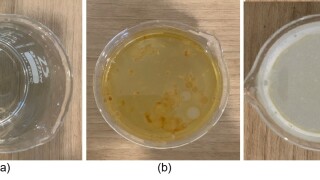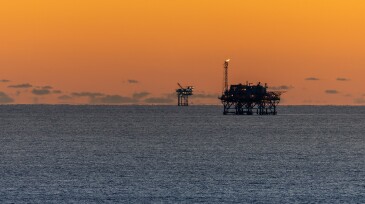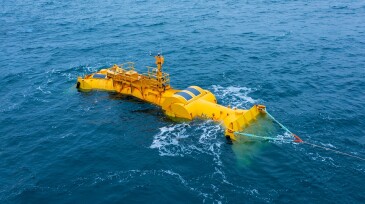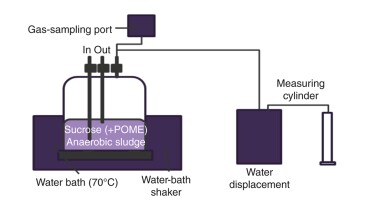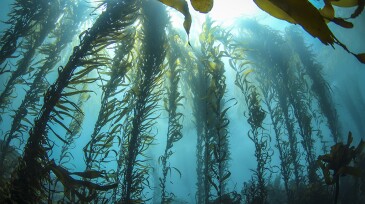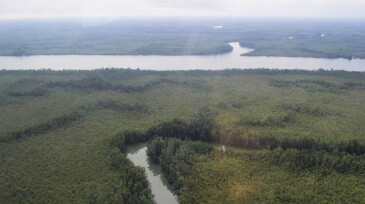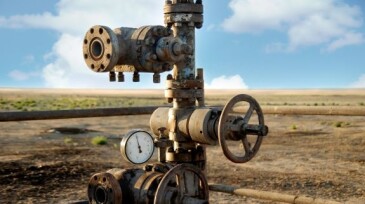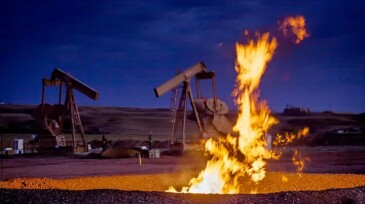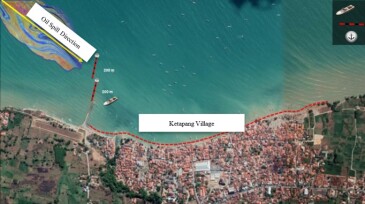Environment
This paper details a data-driven methodology applied in Indonesia to enhance flare-emission visibility and enable targeted reduction strategies by integrating real-time process data with engineering models.
This study presents the development of a biodegradable surfactant developed using principles of environmentally friendly chemistry from natural sources. The goal is to develop an effective and environmentally friendly surfactant that can emulsify and disperse oil to reduce its effects on marine environments.
This study ascertains the capital expenditure and operating expenditure associated with the reuse of existing facilities, specifically regarding a carbon capture and storage project being prepared in South Korea.
-
The emissions intensity of production is expected to decline further because of the continued shift toward newer and more productive operations in the deep water and other factors.
-
The company has acquired Dublin-based Enviroguide Consulting in an effort to increase its focus on environmental concerns.
-
The project aims to power subsea equipment with wave power and subsea energy storage. The two technologies have been deployed in the seas off Orkney, Scotland, and have begun a test program where they will provide low-carbon power and communication to infrastructure.
-
This paper discusses a study that aimed to accelerate the conversion of CO2 and methane through biological means.
-
This paper examines the performance of the macroalga Macrocystis pyrifera in thermal conversion through pyrolysis as a potential biomass for hydrogen production.
-
This paper discusses an effort to prevent permanent loss of mangrove habitats using a long-term restoration strategy based on the transplantation of fertilized seedlings produced at mangrove nurseries in partnership with local communities.
-
Research team pushes toward a framework for managing millions of abandoned oil and gas wells.
-
The Permian Basin was the site of a recent visit by a Reverse Trade Mission on Advanced Technologies for Methane Abatement sponsored by the US Trade and Development Agency. Chevron hosted the delegation at both its Midland and Houston locations.
-
The intensity of methane and greenhouse-gas emissions from the oil and gas sector declined 28% and 30%, respectively, between 2019 and 2021 among the largest producers in the country, according to an analysis published by the nonprofits Clean Air Task Force and Ceres.
-
This paper presents the oil spill contingency plan adopted by Pertamina to protect sensitive areas on and around Java, the world’s most populous island.


